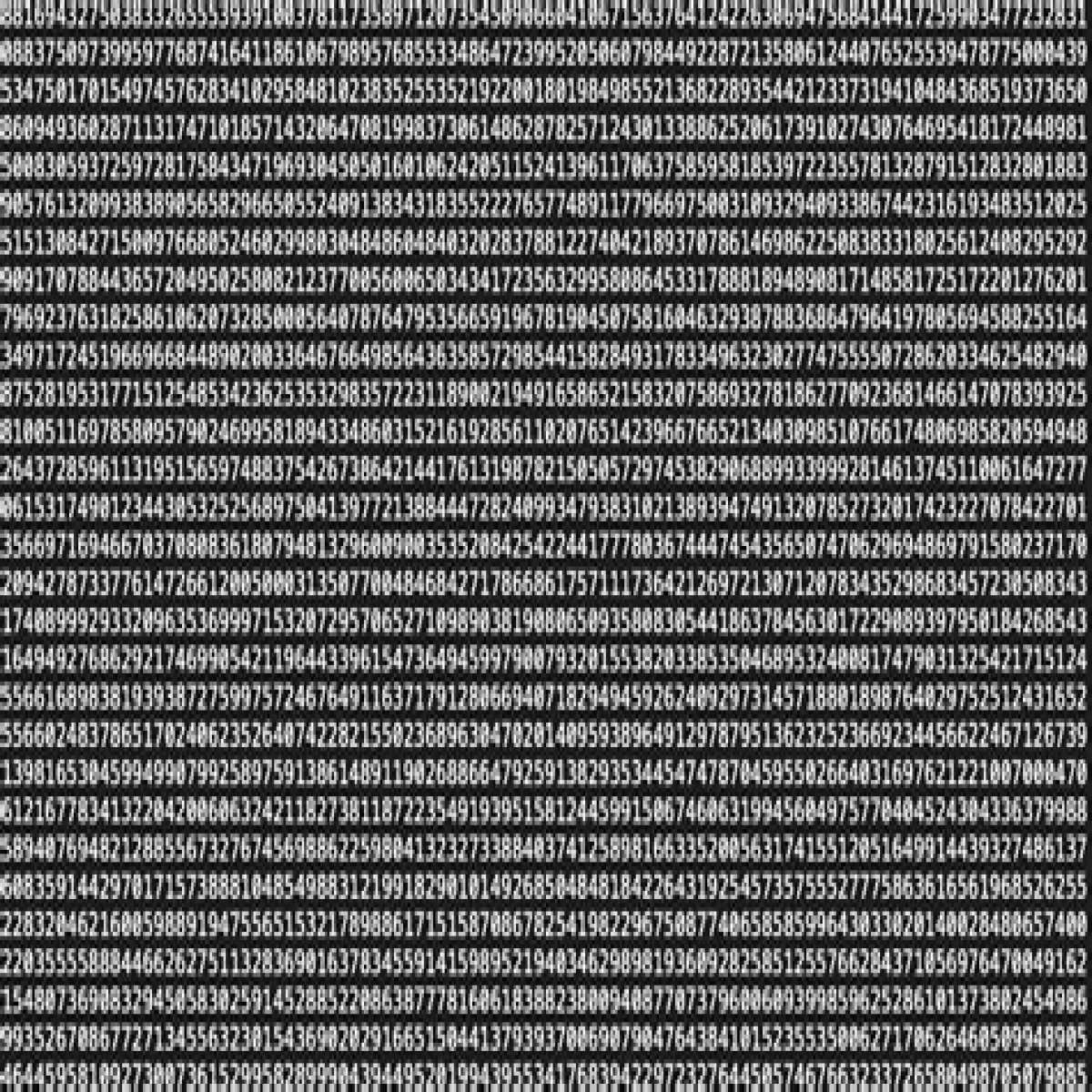Mersenne prime numbers are a fascinating subset of prime numbers that have captured the imagination of mathematicians for centuries. Named after the French monk Marin Mersenne, who studied these numbers in the early 17th century, Mersenne primes have become a significant area of interest within the field of number theory. These primes take the form of 2^p - 1, where p is itself a prime number. The interplay between prime numbers and their exponential forms creates a rich tapestry of mathematical exploration that continues to intrigue both amateur enthusiasts and seasoned mathematicians alike.
One of the most captivating aspects of Mersenne primes is their rarity. While there are infinitely many prime numbers, Mersenne primes are much less common. As the value of p increases, the likelihood of 2^p - 1 being a prime number diminishes significantly. This rarity has led to extensive research and the development of sophisticated algorithms designed to identify and verify these unique numbers. With advancements in technology and collaborative projects like the Great Internet Mersenne Prime Search (GIMPS), new Mersenne primes are still being discovered, adding to the allure of these mathematical gems.
As we delve deeper into the realm of Mersenne primes, we uncover not only their mathematical properties but also their connections to various fields, such as cryptography and computer science. Understanding these primes can provide insights into the nature of numbers and their relationships, enriching our overall comprehension of mathematics. In this article, we will explore what Mersenne primes are, their historical significance, how they are discovered, and their applications in today's world.
What Exactly Are Mersenne Prime Numbers?
Mersenne primes are defined as prime numbers that can be expressed in the form of 2^p - 1, where p is a prime number. For example, if p = 3, then 2^3 - 1 = 7, which is a prime number. This form leads to a specific sequence of numbers, and not all the results of this equation yield prime numbers. The first few Mersenne primes are:
- 3 (when p=2)
- 7 (when p=3)
- 31 (when p=5)
- 127 (when p=7)
- 8191 (when p=13)
Why Are Mersenne Primes Important?
The significance of Mersenne primes extends beyond their unique mathematical properties. They play a crucial role in various applications, particularly in the field of cryptography. Many encryption algorithms rely on prime numbers for secure communication, and Mersenne primes, due to their structure, can offer efficiencies that make them particularly valuable in these contexts. Additionally, they serve as a testing ground for computational techniques in number theory.
How Are Mersenne Primes Discovered?
The search for Mersenne primes has evolved significantly over the years. Initially, the discovery process involved manual calculations and checks, which was time-consuming and often limited by the computational power available at the time. However, with the advent of modern computing, large-scale distributed computing projects, such as GIMPS, have enabled enthusiasts and researchers to work together to uncover new Mersenne primes. These projects utilize the power of thousands of computers working in tandem, allowing for the rapid verification of potential candidates.
What Are Some Notable Mersenne Primes?
Throughout history, several Mersenne primes have gained recognition not only for their mathematical significance but also for the records they have set. Some of the most notable Mersenne primes include:
- 2^127 - 1 = 170141183460469231731687303715884105727 (discovered in 1876)
- 2^2203 - 1 (discovered in 1911)
- 2^30402457 - 1 (discovered in 2005, the largest known prime as of that date)
These numbers showcase the vastness of Mersenne primes and their potential for continued discovery.
What Challenges Are Associated with Mersenne Primes?
Despite the excitement surrounding Mersenne primes, the search for new numbers is fraught with challenges. The computational power required to verify larger primes increases exponentially, leading to long processing times and the necessity for sophisticated algorithms. Additionally, as we push the boundaries of known Mersenne primes, the likelihood of finding new candidates diminishes. This ongoing challenge keeps mathematicians engaged and fuels the quest for new discoveries.
How Do Mersenne Primes Relate to Perfect Numbers?
Mersenne primes are intimately connected to perfect numbers through the ancient theorem established by Euclid. A perfect number is defined as a number that is equal to the sum of its proper divisors. The theorem states that if 2^p - 1 is a prime number, then the corresponding perfect number can be obtained using the formula 2^(p-1) * (2^p - 1). For example, for p = 3, we find that 2^(3-1) * (2^3 - 1) = 2^2 * 7 = 28, which is a perfect number. This relationship highlights the profound connections within number theory and emphasizes the uniqueness of Mersenne primes in the study of perfect numbers.
Conclusion: The Enduring Fascination with Mersenne Primes
Mersenne prime numbers stand as a testament to the beauty and complexity of mathematics. Their unique properties, historical significance, and applications in modern science continue to inspire both scholars and enthusiasts alike. As we further our understanding of these mathematical treasures, the quest for new Mersenne primes will undoubtedly persist, unveiling new mysteries and challenges along the way. The world of Mersenne primes is not just a mathematical curiosity; it is a dynamic field of exploration that promises to enrich our understanding of numbers and their relationships for generations to come.
Understanding The Process To Report A Subreddit EffectivelyUnveiling The Mystery: Slimane's Wife NameMellstroy Russia: A Deep Dive Into The Construction Giant
Mersenne prime number Prime numbers
Cryptologie
mersenne
